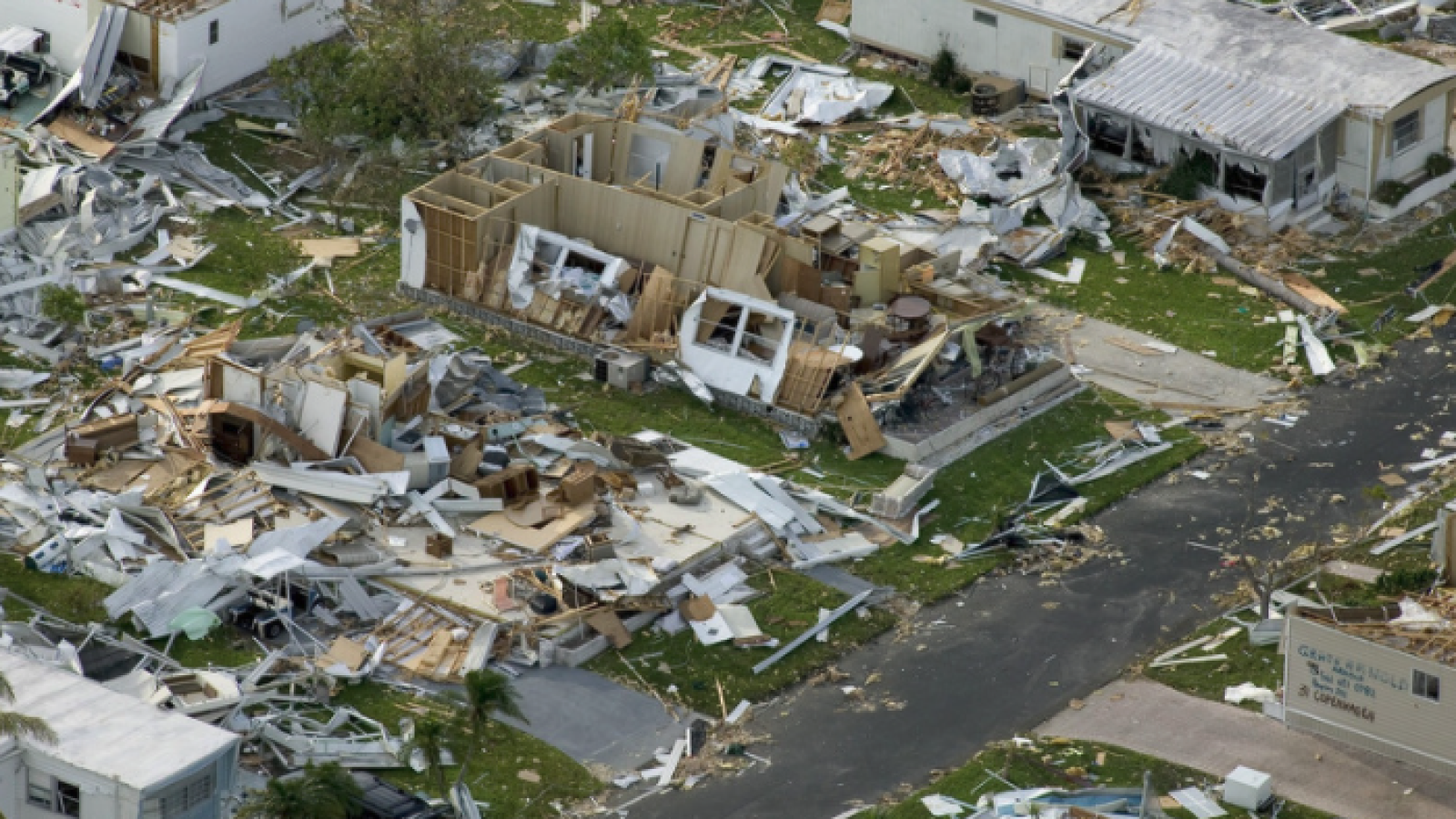In 2021, natural disasters caused substantially higher losses worldwide when compared to the previous 2 years, according to the Munich Re 2021 Nat Cat report.
From the data, Munich Re discovered that storms, floods, wildfires and earthquakes, and other extreme weather events destroyed assets totalling US$280 billion. This was a massive increase from US$210 billion in 2020, and US$166 billion in 2019.
Only US$120 billion of the 2021 losses were insured, but this was up from US$82 billion in 2020 and US$57 billion in 2019.
The United States accounts for a large share of these natural disaster losses in 2021, costing around US$135 billion. Tornadoes, tropical storms and deep freeze were the extreme weather events responsible for major losses in the USA in 2021.
Torrential rainfall triggered severe flooding in Europe that resulted in devastating losses to local areas, especially in western Germany. Within the affected regions of Europe, this rainfall was the highest in over a hundred years.
In the River Ahr in Rhineland-Palatinate, the flash flooding swept away countless buildings and severely damaged infrastructure, including railway lines, roads and bridges. The death toll was over 220 people.
This natural disaster caused losses of US$%54 billion.
In the Asia-Pacific, the losses from natural disasters remained modest in comparison. The overall economic loss was US$50 billion, with only US$9 billion being insured.
This region accounted for 18% of overall losses, with the costliest from natural catastrophes being a severe flood in Henan Province in central China.
Many rivers, including the Yellow River, burst their banks and hundreds of thousands of homes were flooded.
Overall losses in the Asia-Pacific region totalled to US$16.5 billion, and only 10% of these were insured losses.
Ernst Rauch, chief climate and geoscientist at Munich Re and head of the climate solutions unit, said the latest disaster statistics are striking as these extreme weather events are likely to only become more frequent or severe due to climate change.
“Among these are severe storms in the USA, including in the winter half-year, or heavy rain followed by floods in Europe. For hurricanes, scientists anticipate that the proportion of severe storms and storms with extreme rainfall will increase because of climate change,” Rauch said.
“Even though events cannot automatically be attributed to climate change, analysis of the changes over decades provides plausible indications of a connection with the warming of the atmosphere and the oceans. Adapting to increasing risks due to climate change will be a challenge.”
Natural disasters in 2021 were devastating to many, and many scientists believe this will only get worse in 2022 and later as climate change continues to be a risk factor.
Many of these catastrophic losses weren’t insured, and will leave families and businesses with long term impacts.
If you want to discuss insurance for you or your business, get in touch.


Add a Comment